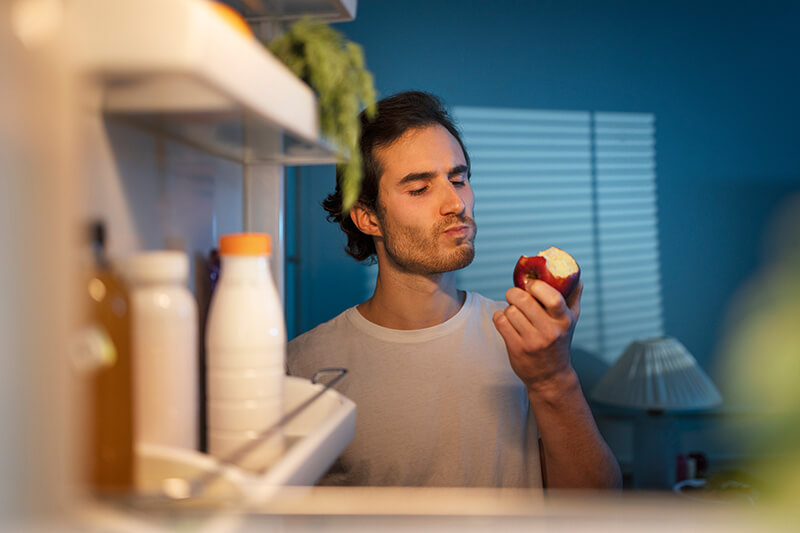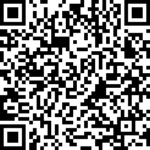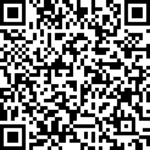Picture this: it’s late afternoon and you’re scrolling through your phone, winding down from the day’s hustle. A craving bubbles up, maybe for something sweet, or maybe a glass of wine. It feels like your body is whispering, “Let’s numb out for a bit.”
This intersection, where mood, food cravings, and the desire to drink all meet, isn’t random. There’s a deep connection between your emotions, desires, and even your gut that is all rooted in your biology.
When we look closely, we see that sugar and alcohol cravings often show up as coping tools or quick hits of comfort, particularly when we’re stressed, feeling down, or bored. These types of cravings are wired into us through years of habit and physiology. But there’s power in bringing that unconscious pattern into the light.
Your Gut Is Talking, But Are You Listening?
Your gut does a whole lot more than digest food. It’s constantly communicating with your brain via the “gut-brain axis,” a complex network of nerves that influences your energy, appetite, focus, and more.
When your gut health is out of balance, say from high levels of stress, processed foods, or drinking alcohol, it can throw off the production of key neurotransmitters in your brain, including serotonin and dopamine, which make you feel calm, content, and motivated.
The result? We tend to reach for anything that makes us feel better and more comfortable without really knowing why.
We tend to beat ourselves up when we experience cravings, but they aren’t moral failings. They’re actually messengers that can tell us a lot about how we’re feeling and what’s going on inside our bodies. For example, cravings can be signals of imbalances in blood sugar, poor microbial diversity (the mix of bacteria and other microbes living in your gut), or a lack of emotional nourishment.
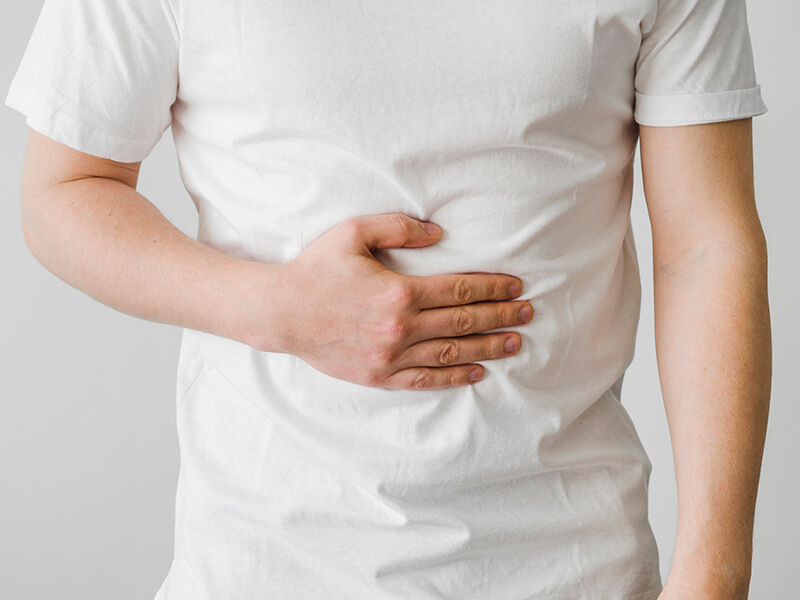
When you’re reaching for a glass of wine or a sugary treat, ask yourself: What is my body actually asking for right now?
Sugar, Alcohol, and the Feedback Loop
Sugar and alcohol have similar effects on the brain, and they can reinforce cravings for each other, too.
Alcohol often lowers blood sugar, leading to that familiar feeling of post-drink hunger and to having a “sweet tooth.”
Likewise, a diet high in sugar can increase dopamine sensitivity, which makes the calming effects of alcohol feel even more appealing.
Taking care of our bodies and minds isn’t just about what we eat but about how and why we eat. When we shift from mindless to mindful eating and drinking, we unravel these loops, not with strict rules, but with perspective, curiosity, and choice.
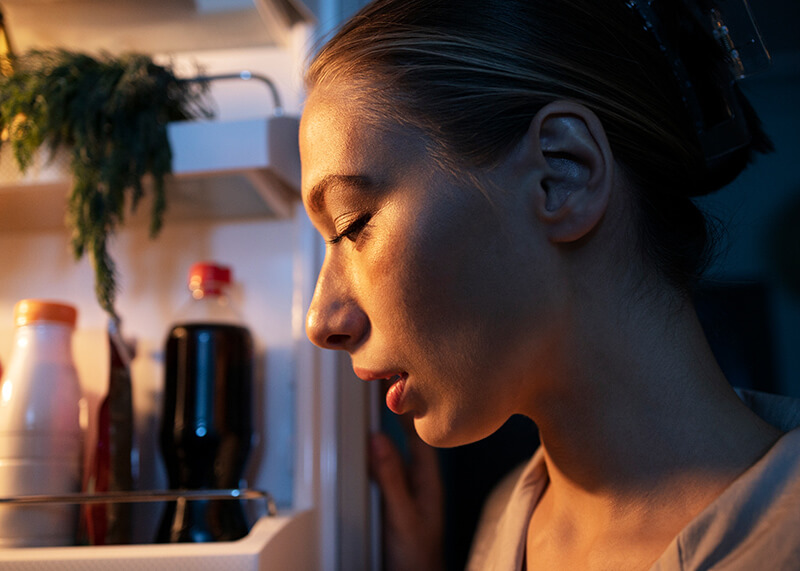
From Cravings to Clarity
Mindful eating and mindful drinking are both invitations to slow down and pause before giving in to cravings.
What would shift if you chose each glass and each bite from a place of awareness rather than habit?
This is where tools like the Unconscious Moderation app can support lasting transformation. Inside, you’ll find hypnotherapy sessions, journaling prompts, and gentle practices that help you rewire these patterns from the inside out.
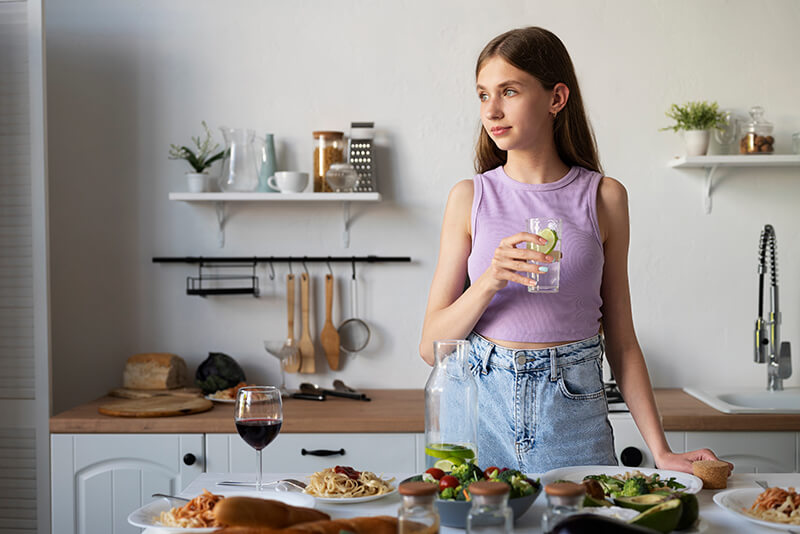
A Gentle Reframe
Thriving doesn’t necessarily mean restriction; it means freedom as well.
Cravings, urges, and habits aren’t the enemy. They’re information, as well as moments asking for your presence, not your perfection.
So next time you feel the pull of sugar or alcohol, check in with yourself.
What are you really craving, perhaps connection, calmness, energy, or rest?
You already have the wisdom to choose what helps you flourish. The path to eating and drinking in alignment with your values isn’t about fixing yourself but about remembering your power.
